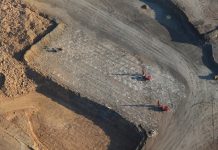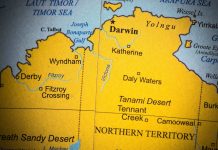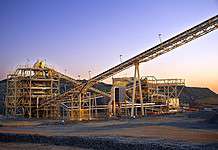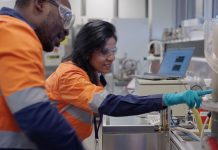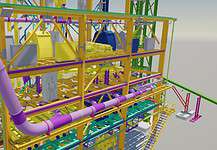Vanadium explorer and developer QEM (ASX: QEM) has engaged global independent energy expert DNV to progress studies into green hydrogen opportunities at its flagship project Julia Creek in northwest Queensland.
DNV has commenced a pre-feasibility study (PFS) into solar and wind farms at the 100%-owned vanadium and oil shale project, covering mapping, modelling, preliminary solar photovoltaic (solar PV system design) and layout.
QEM managing director Gavin Loyden said the company is proactively progressing its green hydrogen strategy.
“Engaging DNV demonstrates that we are swiftly laying the foundations for green hydrogen opportunities at Julia Creek,” he said.
“The Julia Creek site receives significant sun exposure and DNV has already noted that the site is substantially flat, which bodes well for installation of wind power generation.
“Importantly, advancing our green hydrogen strategy will enhance the development of our flagship Julia Creek vanadium and oil shale project.”

The PFS is scheduled to be finalised by the end of Q2, with plans to undertake more definitive wind resource measurements and solar resource monitoring in Q3.
Hydrogen is the most abundant element on earth, extracted through a chemical process, with the creation of hydrogen considered “green” if renewable energy is used to generate electricity for electrolysis of water, rather than a chemical process that creates carbon emissions.
Vanadium, found in magnetite, aluminium ore, sandstone, coal or oil shale, is classified as a critical mineral by the Federal Government, with 90% of the metal used in the steel industry and 10% added to aluminium to make products stronger, lighter, more efficient and corrosion-resistant.


